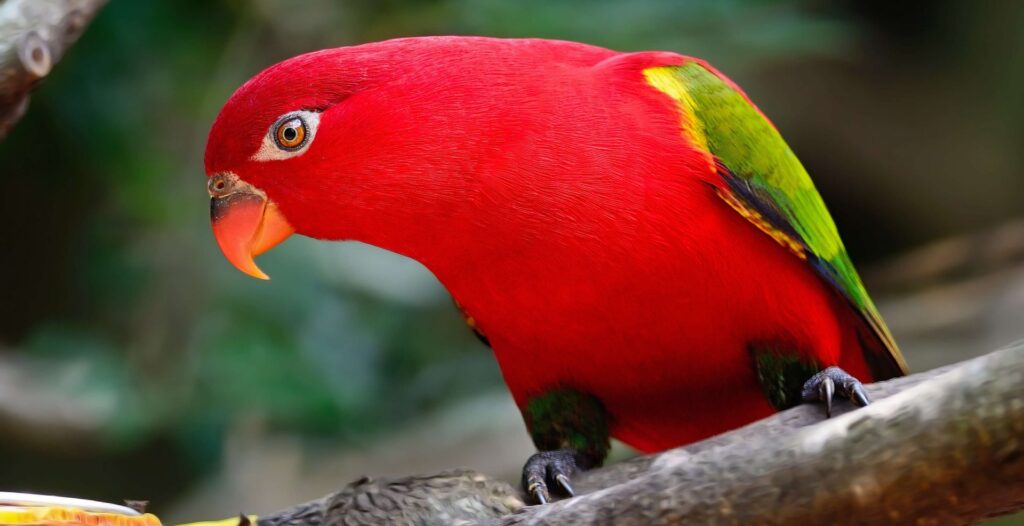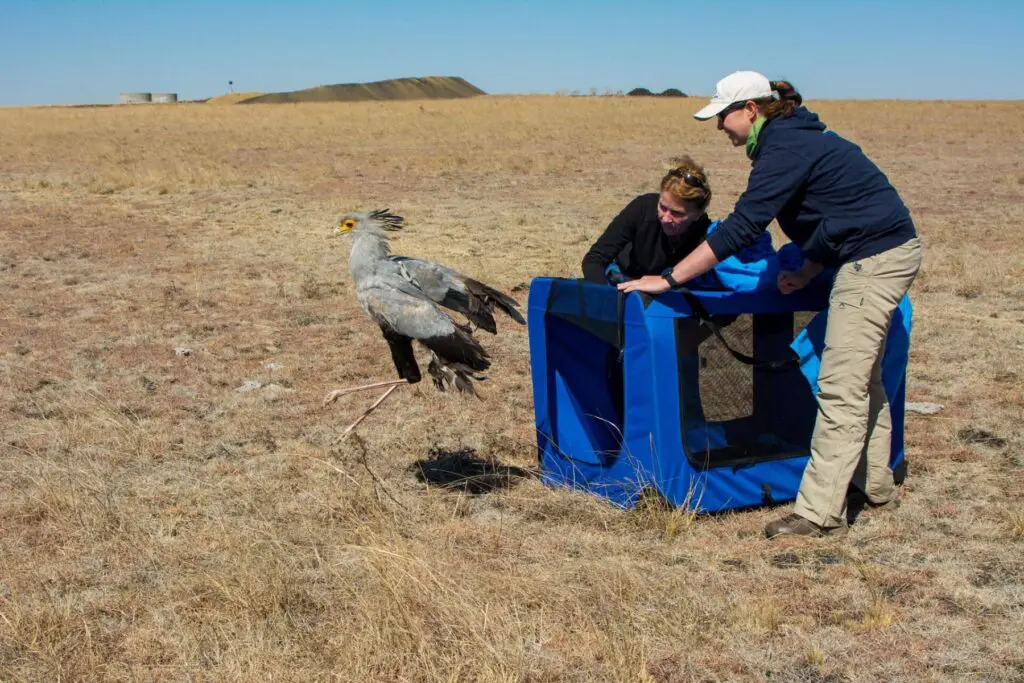Support our red list appeal
Birds continue to decline in numbers, and urgently need our help to prevent their extinctions.
As a global Partnership, we believe in internationalism. We have translated as much content in your language as our resources allow. Please visit the English language site to view all of our content.

Red: a colour of alarm, urgency, passion and energy. For most conservationists, “The Red List” evokes all four of these feelings, perhaps all at once. The Red List tells us which species are most in danger and which to conserve first. It’s also a powerful tool for persuading governments to protect threatened species.
In full, it’s called The IUCN (International Union for the Conservation of Nature) Red List of Threatened Species TM, and BirdLife International is the unique global authority for birds, coordinating the process of evaluating all of the world’s bird species against the Red List categories and criteria in order to assess their extinction risk.
The Red List is nicknamed the “barometer of life”, for it is a rich compendium of information on the threats to species, their ecological requirements, where they live, and information on conservation actions that can be taken to reduce their risk of extinction.

Extinct (EX): no reasonable doubt that the last individual has died.
Extinct in the Wild (EW): known only to survive in captivity, cultivation or well outside its natural range.
Critically Endangered (CR): facing extremely high risk of extinction in the wild.
Endangered (EN): facing a very high risk of extinction in the wild.
Vulnerable (VU): facing a high risk of extinction in the wild.
Near threatened (NT): close to qualifying, or likely to qualify for a threatened category in the near future.
Least Concern (LC): population is stable enough that it is unlikely to face extinction in the near future
It’s much more than a list, however. It’s the culmination of decades of work, efforts from thousands of people, reports from the field, production of scientific papers, countless calls, emails, and discussions on BirdLife’s Globally Threatened Birds Forums. Those that contribute are our BirdLife Partners around the globe, a virtual army of ornithology experts and professionals studying specific species, to bird tour guides who notice changes day-in and day-out; from, to seasoned conservationists with a regional or global perspective. In a few cases, we tap into the only people who can access very remote areas and have been lucky enough to see particularly rare species.
To assign each species to a Red List category, the BirdLife Global Science Team assesses the size and trend of its population and geographic range. Doing this objectively and consistently across all species ensures reliable, comparable assessments that hold up globally.
Every year, the team burns the candle at both ends to reach conclusions about the state of the world’s birds, assessing a portion of the globe’s 11,000 + bird species, with a more extensive overhaul every four years. Every time, scores of bird species are moved to higher or lower categories of threat.

The Red List is one list that you do not want to be at the top of, however. A species being “uplisted” means that it is at greater risk of extinction, and that is happening all too often. But more than showing an observed change on a barometer, a bird species reaching the threshold for “globally threatened” means that BirdLife is officially ringing a great big red warning bell from the roof. As conservationists, we are alarmed and called to action by an uplisting; and we celebrate and learn lessons from a “downlisting” – an event that, pleasingly, is more common than you might think, thanks partly to the dedicated work of BirdLife Partners around the globe.
Overall, we have recently moved 40 species to a higher threat category – a stark reminder of the carnage human activity continues to wreak on nature. But elsewhere, several species have shown signs of recovery – proof that conservation works, and that the Red List is not a one-way elevator to extinction.
For many of the 40 species ‘uplisted’ in 2020, this is not the end but the beginning of their road to recovery.
Birds continue to decline in numbers, and urgently need our help to prevent their extinctions.
Do your part to protect a globally threatened bird that means the most to you.
Join a worldwide community of people who care about birds and conservation, and help to make a real difference